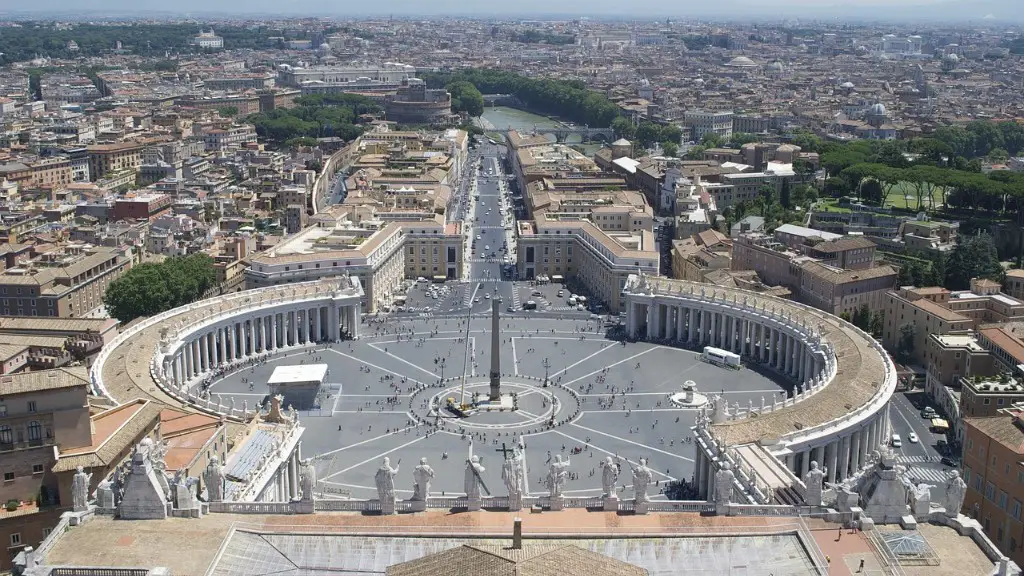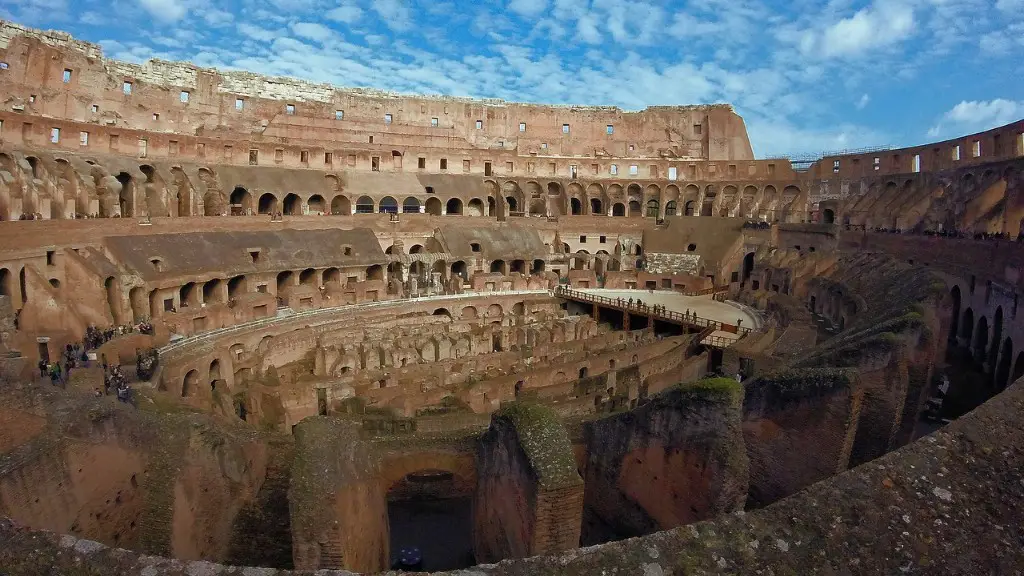Meals & Menus
A typical meal in Ancient Rome consisted of food that was easily accessible and grown locally. Poor people mostly ate a gruel-like food made from water, cereals, and sometimes milk. The wealthy often ate dishes with bread, vegetables and fruits, which were seasoned with sauces made of spices and herbs. The most common condiment was garlic, which was added to almost any dish. Fish and seafood were also on the menu, along with poultry and game birds. Pork and offal were very popular.
The Romans did not just eat food—they celebrated it. The majority of meals were carried out at home, but banquets were also popular, especially among the well-off part of society. Wealthy Romans enjoyed large banquets with food from around the world, and ingredients such as oysters, caviar, exotic spices, and exotic fruits. These banquets sometimes lasted for days or even weeks!
As the Roman Empire expanded, so did their eating habits. Chefs from Greece, Egypt, Syria, and other regions started to work in Roman kitchens, and as a result, new flavors and dishes were added to Roman cuisine.
However, the custom of large banquets and lavish meals eventually led to the demise of the Roman empire. The wealthy part of society was spending too much money on food, while the poor were starving, leading to unrest among the population.
Preparation & Cooking
The food of ancient Rome was mostly cooked over an open fire. Bread was most often cooked in an oven, while other dishes were prepared in cauldrons or pans. Flavorings such as garlic and herbs were usually added to dishes to give them more flavors and make them tastier.
Many Roman dishes are still enjoyed today, though their preparation has changed significantly. Spaghetti, for example, was made in Ancient Rome by rolling thinly rolled dough into thin strings. This process required a lot of skill and it took quite a bit of time to make the spaghetti in the right shape.
Deboned meat and fish were popular in Roman cuisine. Meat was often cut into strips and then grilled, while fish was often wrapped in leaves before being cooked. This method of cooking is still popular today with Dishes such as stuffed vine leaves.
Food Transportation & Consumption
Transporting food was an important part of Roman life. As the Roman Empire expanded, so did its food transportation network. The food trade was mainly facilitated by Roman merchants who delivered food from one part of the empire to the other. The food was often transported in large clay jars or amphorae.
The majority of Roman meals were taken in allocated time periods. Lunch was usually the main meal of the day and it was usually taken after midday. The Romans enjoyed snacks between meals and it is believed that their snacks consisted of fruits, nuts, and small pastries. Dinner was the last meal of the day and it was usually taken sometime late in the evening.
In general, Roman food culture was open-minded and there were no culinary taboos. Lower classes ate with their hands and food was served in individual plates. Meanwhile, higher classes ate with golden plates, knives and spoons. They also ate at tables and chairs as opposed to on the floor.
Influences
Roman cuisine was heavily influenced by other cultures and cuisines. Roman chefs were always looking to add new flavors and dishes to their repertoire. Dishes such as lasagna, pizza, and moussaka all have their roots in Ancient Rome.
The Romans also borrowed a lot from the Greeks and the Greeks in turn borrowed from the Romans. Some of the dishes that have been passed down from the Greeks to the Romans include fava beans, olives, and barley. The Romans also borrowed some of their wines from the Greeks.
The Romans also imported many foods from other countries. Spices such as pepper and cinnamon came from India and peppermint and nutmeg from China. Sugar cane was introduced to the Romans from the Middle East and it eventually found its way into many Roman dishes. Fruits such as pomegranate, date and fig were also imported.
Food & Religion
The Romans had their own food religion, called the Cultus Esca. This cult was created by the Romans to honor their gods and to show appreciation for food.
The cult was divided into three main categories: preparation, consumption, and cleaning of food. Every aspect of these categories had its own rituals and deities. For example, the god Vesta was associated with the preparation of food and was often offered sacrifices. The god Apollo was associated with consumption and was also offered sacrifices. And finally, the god Mercury was associated with the cleaning of the food.
Moreover, food was a major part of religious festivals and events. The Roman gods were often offered food as part of a sacrifice, and meals were shared between gods and goddesses. Food was a major part of the celebration of religious days and even private dinners were often followed by religious rituals.
The Romans also believed that food was both a source of life and a form of luxury. As such, it was both enjoyed and worshipped. Today, many dishes eaten by the Romans are still part of the culinary culture and have become a major part of Italian cuisine.
Drink & Medical Practices
Drinks were an important part of the Ancient Roman diet. Common drinks included water, wine, and beer. There were also alcoholic beverages such as mead and posset, as well as non-alcoholic beverages such as spiced apple juice and honey drinks. Like food, drinks were also used in religious and medical practices.
In terms of medical practices, Roman physicians used food and drinks to diagnose and treat illnesses. Dishes were prescribed based on the patient’s condition, and food was also used to balance the humors and the energy levels of individuals. Some dishes were also believed to improve fertility, while others were believed to improve mental health.
Wine and beer were also used for medicinal purposes, though their use was limited. Even so, wine was often used for its antiseptic properties, while beer was viewed as having many healing properties.
Conclusion of the Feasts
The Ancient Romans had a rich and varied culture that was heavily influenced by foreign cultures and culinary traditions. Their diets were heavily based on cereals, bread, and fish, as well as a variety of herbs, spices, fruits, and vegetables. They utilized ingredients imported from other countries, and their food was prepared and cooked in various ways. Romans also enjoyed large and lavish banquets, which ultimately led to the downfall of their empire.
Today, many dishes enjoyed by Ancient Romans are still enjoyed. Drinks and food, along with religious and medical practices, played a big role in Roman culture and their everyday lives, and it is clear to see their influence in modern Italian cuisine.





